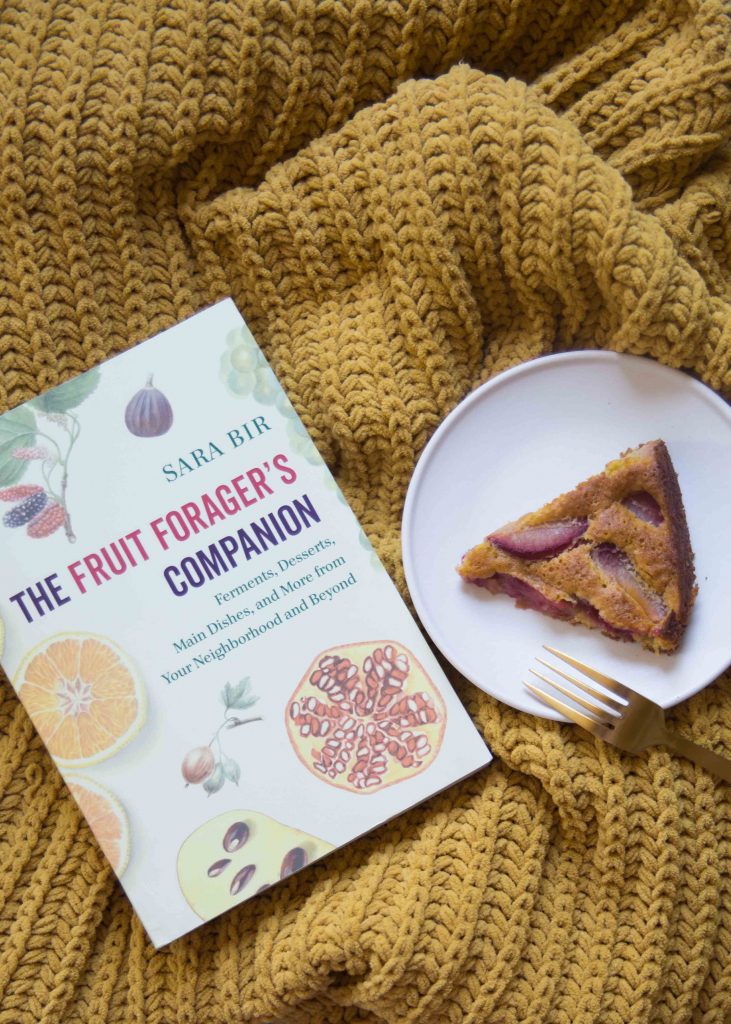
I tend to get swept into a good story, head and heels first. Nothing compares to descending into this kind of delicious alternate universe. So, when I read the tale (and later saw the movie) of a guy named Chris McCandless, I couldn’t help but be pulled into the beautiful ideal of his to live off the land. But then, things went awry and anguish sets into what becomes his excruciating final days. The culprit: misreading a leaf he thought was edible and instead eating one that looked similar and is toxic. He dies. The curtain falls. His story stayed with me and activated some self-preservation switch in me. I didn’t grow up in anything you could remotely describe as outdoorsy. We never camped. In fact, you could say we were taught to regard the woods as suspicious. Untenable. Wild.
Foraging has since been something that catapults my imagination into the depths of a forest, thickets of trees and bushes that only the trained eye can decipher. From afar, I’ve marveled at the truly beautiful dishes being turned out by foraging chefs. At wild food. I’ve always thought I never could be part of that equation. The idea of foraging might sound idyllic to some, but reckoning with it has revealed I distrust myself with being able to deduce wild foods. It’s probably why I never pursued the urge to join up with the Sonoma mycological society on a mushroom hunt, perhaps even silently admonishing myself that if someone was going to pick the poisonous mushroom, it might be me. This could all be wound up in toddler-me eating glossy red berries off a bush and just as quickly being escorted into the emergency room. Can I turn a corner now, and awaken an inner forager?
The Fruit Forager’s Companion by Sara Bir isn’t your typical foraging book. That is to say, you don’t need to be a hardcore, seasoned forager to appreciate it… You could be a farmer’s market forager of the pile of plums and find tremendous benefit from it. What Companion really does is invite the reader to see the world around them in a new way. You may walk the same sidewalk to the bus stop and pass the same bushes everyday and never see the blackberries glistening within the brambles. They might blur into the backdrop of all that keeps you from your intended destination. Because that’s another thing the book does well, it invites you to slow down. That spray of tiny white flowers clustering overhead—could it be elderflowers? Just yesterday, as I pulled into a parking lot in central California, in front of my parking spot: a hedge of pomegranates. On-foot and on the way to a new neighborhood coffee shop, an over-hanging branch heavy with peaches. This book has gotten under my skin even if I’m not yet a “forager.”
Something still stands in the way of me being able to pluck the fruit off the branch—but I am seeing the fruit for the first time and that imbues my everyday tasks with a new sense of marvel. A story that’s stayed with me from Companion finds Bir behind the Wal-Mart in her town, discovering a cluster of fruit trees out back. Wonder can be found anywhere. In Companion, every fruit gets thoroughly examined as she provides, culinary considerations, but also deep harvesting and storage tips that confirm this as an essential handbook on fruit. Her passion for fruits like the pawpaw is palpable: “With pawpaws the party is inside.” Thoughtful essays occur throughout the book like one accompanying the chapter on passion fruit, where she reflects on mortality and fruit, how our fates are bound with those of the fruits being foraged. From Companion’s pages, I learned about the Fruita Gratis program and the complex relationship between fresh fruit and neighbors who might subsist on SNAP budgets. I appreciate that this book could have stayed centered on the fruit but veers into how the featured fruits factor into our past and present circumstances (like grocery store foraging for imperfect produce).
Bir’s approach to using the fruits in recipes lined up with the way I would want to experience these fruits. Sour cherry scones? I’m sold. Now how can I get my hands on mulberries to make a mulberry-strawberry shrub? This winter, I’ll be eager to slice into warm persimmon bread. This summer, I taught a host of campers how to preserve lemons and citrus herb salt using Bir’s techniques. While I may not trust my aptitude at wild food foraging, I trust her. So, maybe if I ever encounter elderberries, I’ll take Bir’s recommendations to “cook or ferment the berries for them to be safe” and then make elderberry kir royales. Next spring, I’m hankering to pick up apricots to pickle them, umeboshi-style. And while it’s still summer, I’m hatching a plan to make her Italian Plum Cake. Again.
What would it be like to visit a bog and gather cranberries bobbing on the surface? Could there be a thrill of exhilaration to find a mayhaw in its natural habitat? Might I add a visit to Ocracoke Island’s fig festival to my bucket list? Rose hips clinging to their stems before steeping into tea? Maybe one day, when I make the leap to forager of (urban) wild foods, I will take her advice to “take some for yourself, leave some for the wildlife, and leave some for the next forager.” Until then, I’ll take to the farmer’s market and keep this Companion as a friendly reference guide.
Thanks to Chelsea Green for providing a copy of The Fruit Forager’s Companion for me to read and review. All opinions are my own as is the sordid story of the holly berry incident from my childhood.
